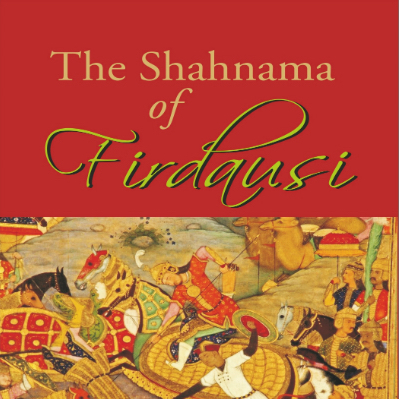

Persian poetry in Afghanistan, Iran, and other Central Asian countries is not only an art, but it is way of life, belief, and worship. Poetry is deeply associated with the culture. Prominent Persian poets such as Rumi, Hafiz, Khyam, and Firdausi have all talked about stories of God, love, wine, heaven, and spirituality. Given the importance of culture in a language, we decided to introduce one of the most epic books of Persian poetry called Shahnama or The Epic of King by Firdausi.
Shahnama, the book of the king is a classic collection of poems composed by well-known Persian poet Abul Qasim Firdausi. This renowned book records the folklore and histories of Aryan kings (Persian emperors) from ancient times to Arab invasion of the empire in the 7th century. The author’s name is derived from Avestan word ‘paradiz’ or ‘pardos’ which means heaven. When Arabs occupied the region, they changed it to Firdaus. He is also referred to as Firdausi Tosi which means ‘from Tus’.
Firdausi started composing Shahnama in 990 chapters, 62 stories and more than 60,000 couplets. The work recounts the history of ancient kings and it is well thought-out around 4 consecutive dynasties with 50 different kingdoms. The first dynasty in Shahnama is referring to the early mythical Shahs of the Pishdadiyan and it’s affiliated with beginning of civilization. The second dynasty is about Kayaniyan which is thought to set the geographical identity of Persia. This division incorporates the prominent ‘Sistan cycle” legends about Rustam and his family. The third dynasty which is also relatively consist of few verses, is concentrating on Ashkaniyan’s dynasty. The fourth and final section of the book is dedicated to the Sasanian. This section is considered to be the most historical section of Shahnama. Shahnama covers the full range of human and political experience and above all, it reflects on influence and its relationship to wisdom.
Shahnama was finished during the time of Samanid rule in 33 years. The Samanids had Aryan association and valued the Persian legacy. By the time Shahnama was completed, eastern Khurasan province was ruled by Ghazvanids with the capital of Ghazni (current south-western province of Afghanistan). Shahnama was written in conventional Persian at a time when Arabic was favored as language of literature. Persians healed Firdausi as hero who established Persian as the language of magnificence and classiness. As once Firdausi wrote “our language is revived by this work”. A script of Shahnama written in the poet’s own hand is not known to exist. The earliest surviving copies of his work that has survived were written almost 200 years after the death of the poet in 1020. Throughout the years, scribes who have distributed and made copies of Shahnama replaced the older words with newer ones and therefore there have been several differences among the different editions of the book. This has led to considerable debate among experts as to which version is authentic. There are several English translations of the book exist in the market. Among many, Levy, Reuben’s version which is printed by the University of Chicago press 1967 is an outstanding copy.



